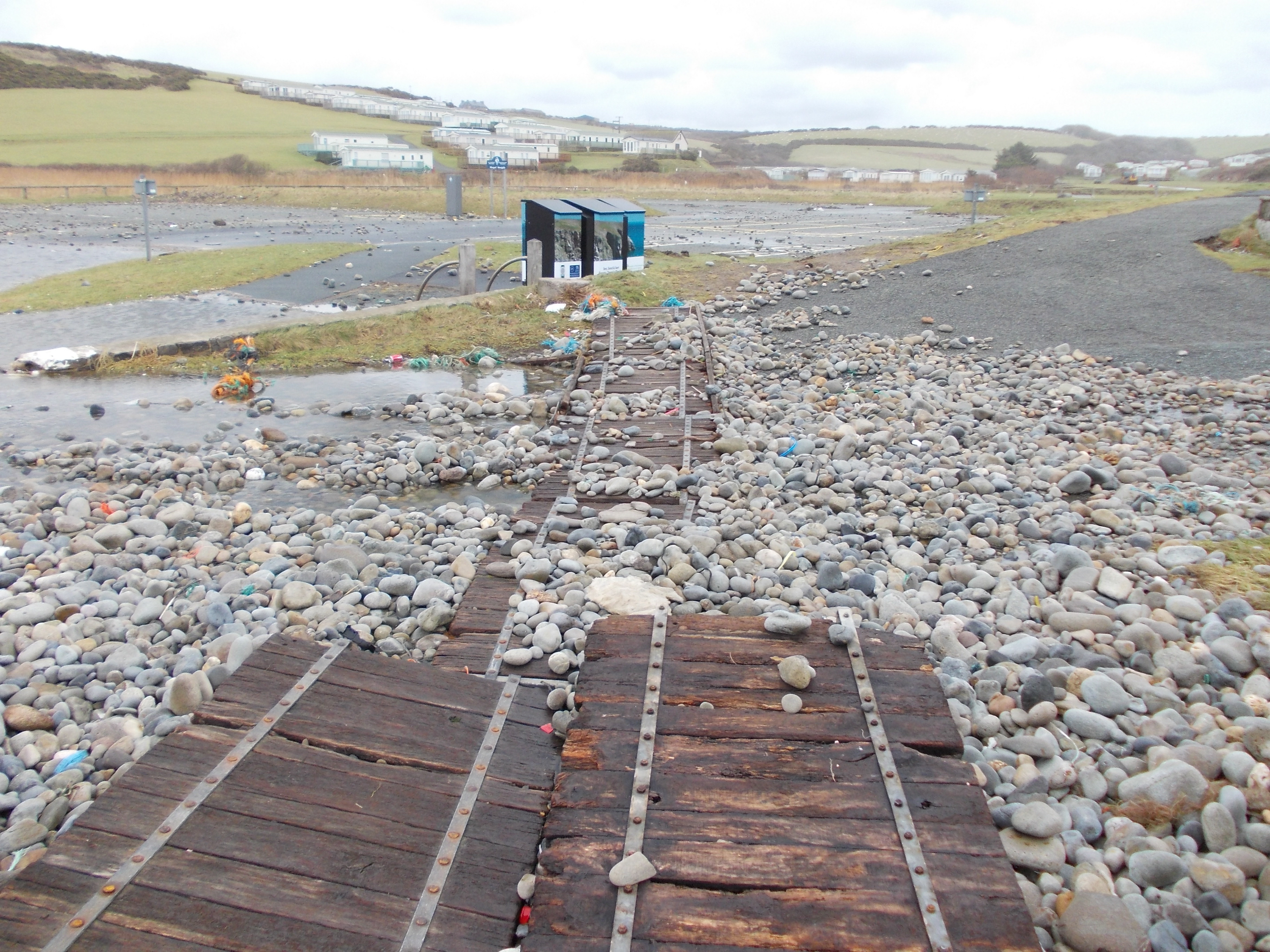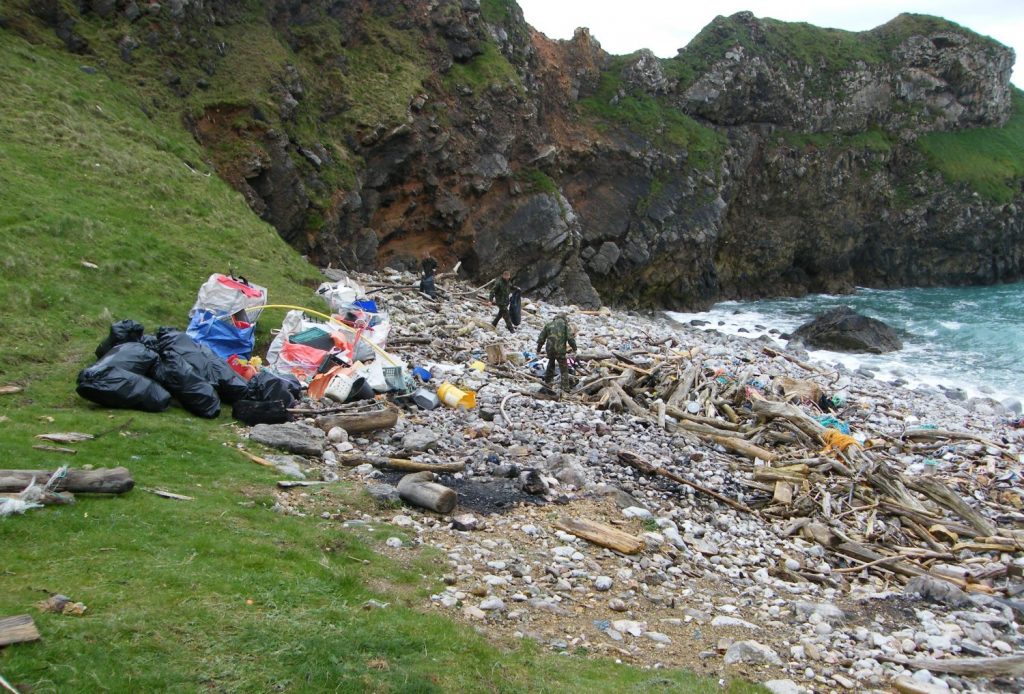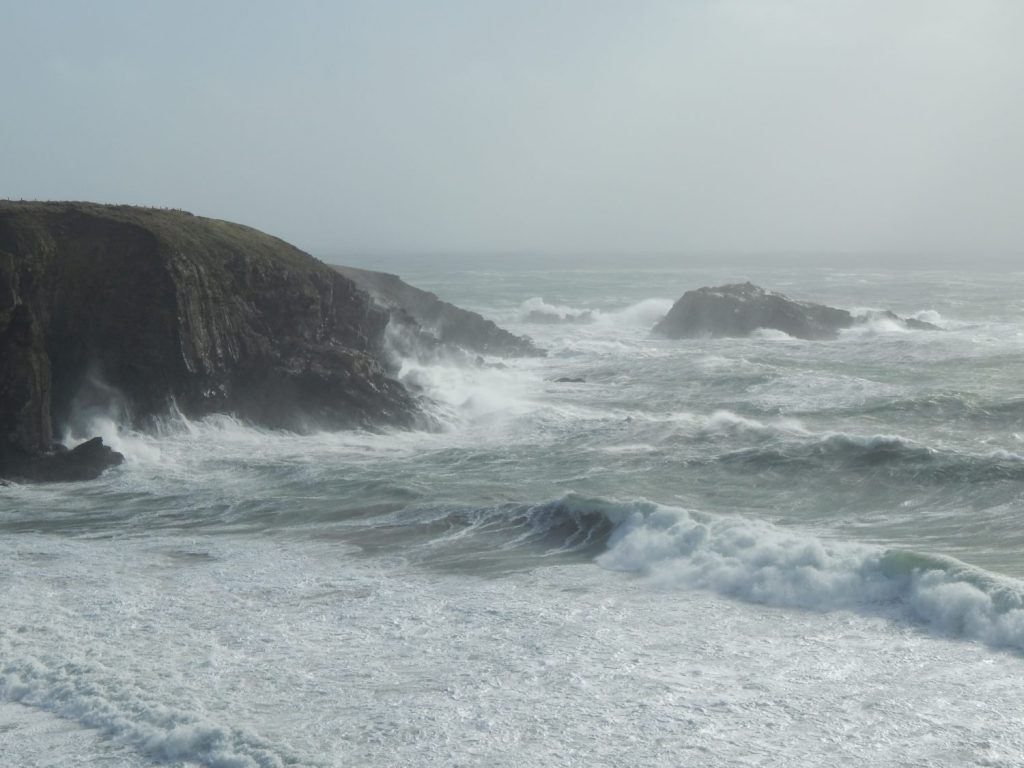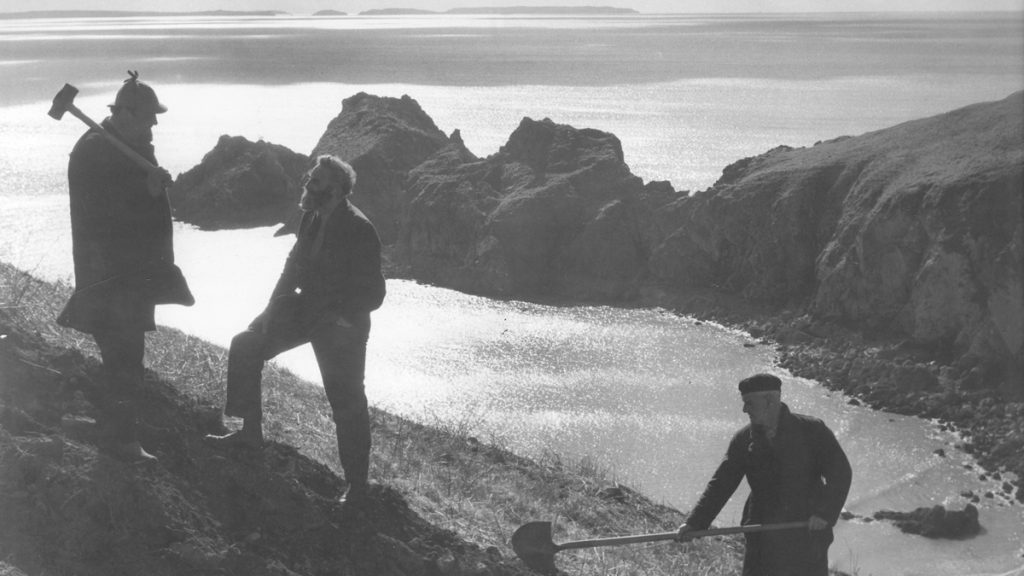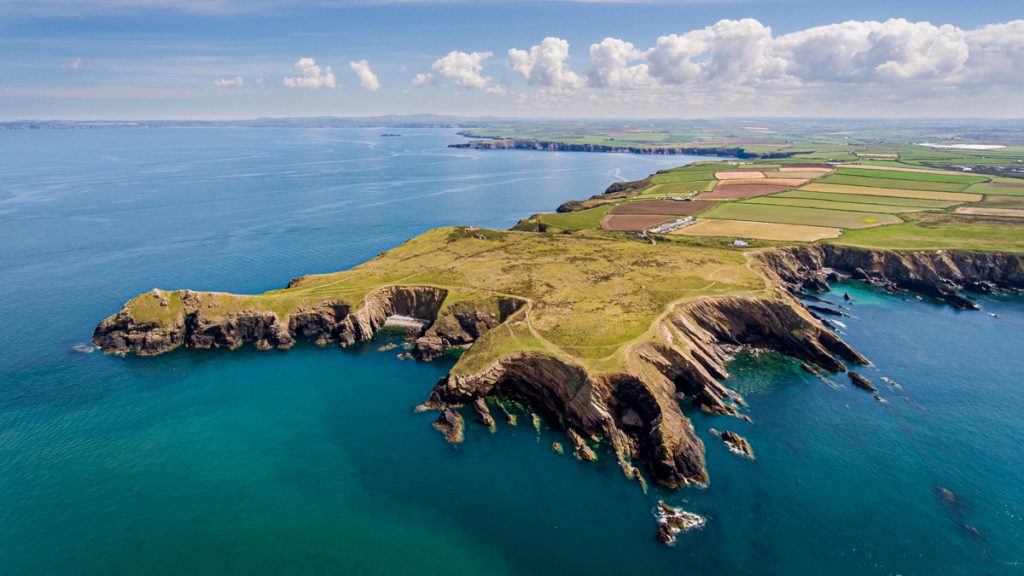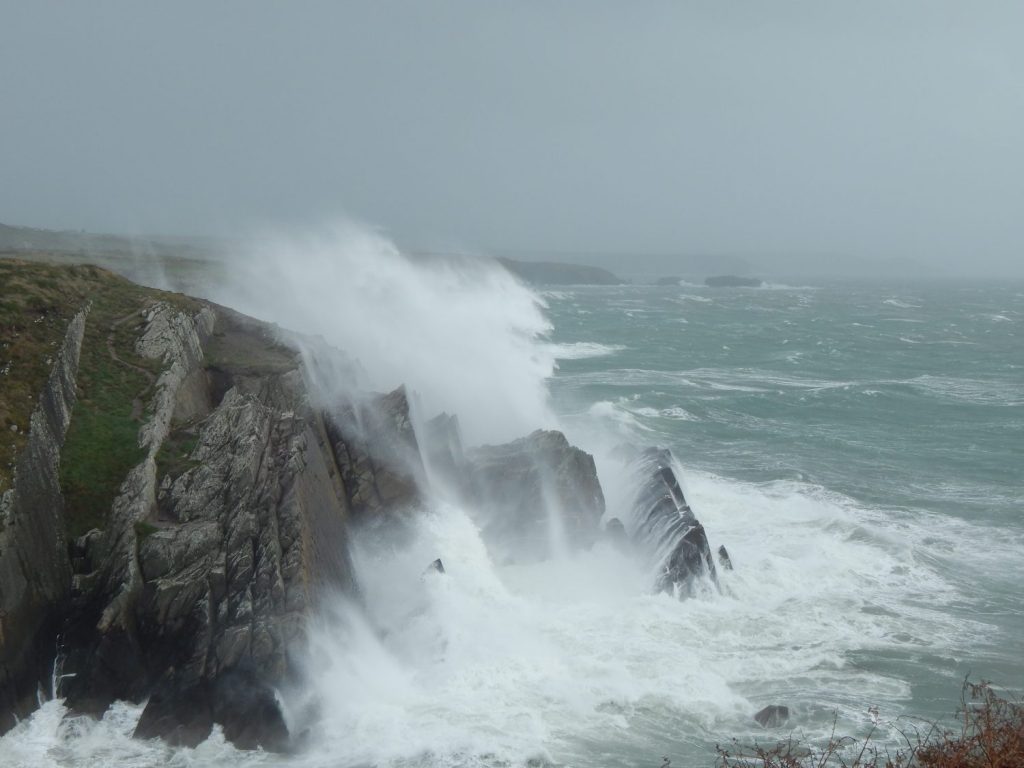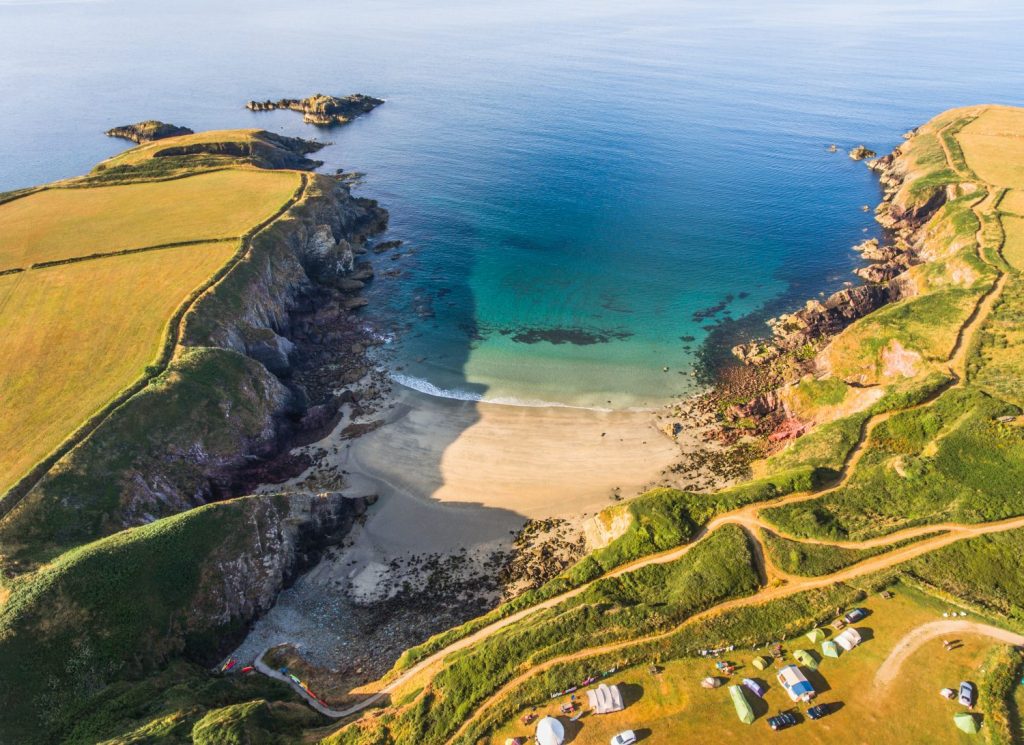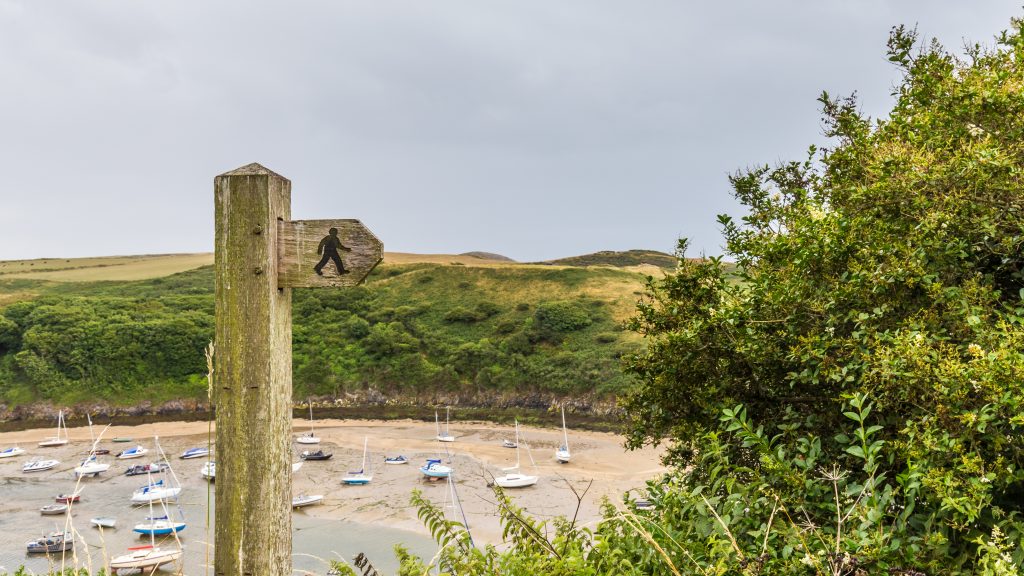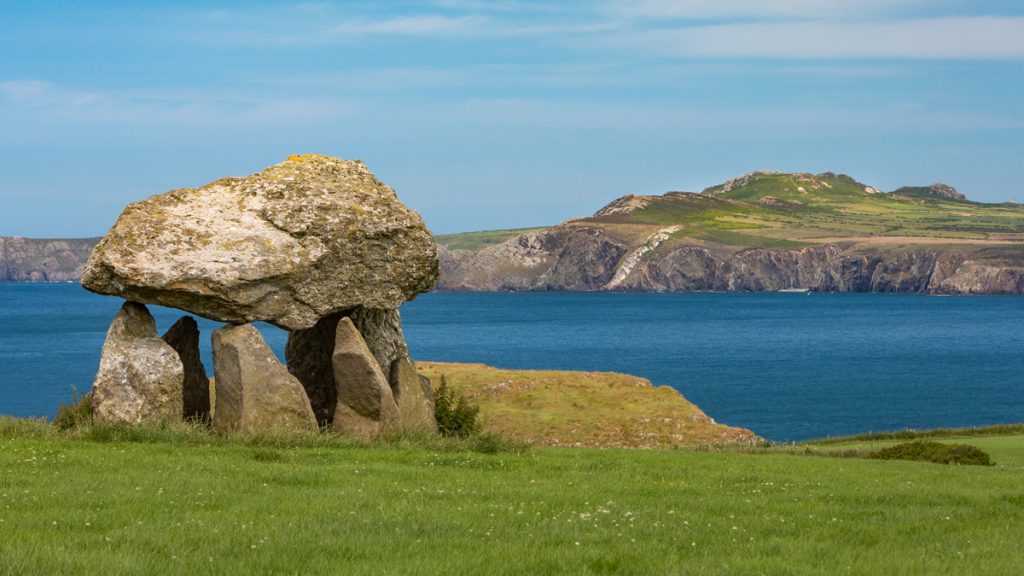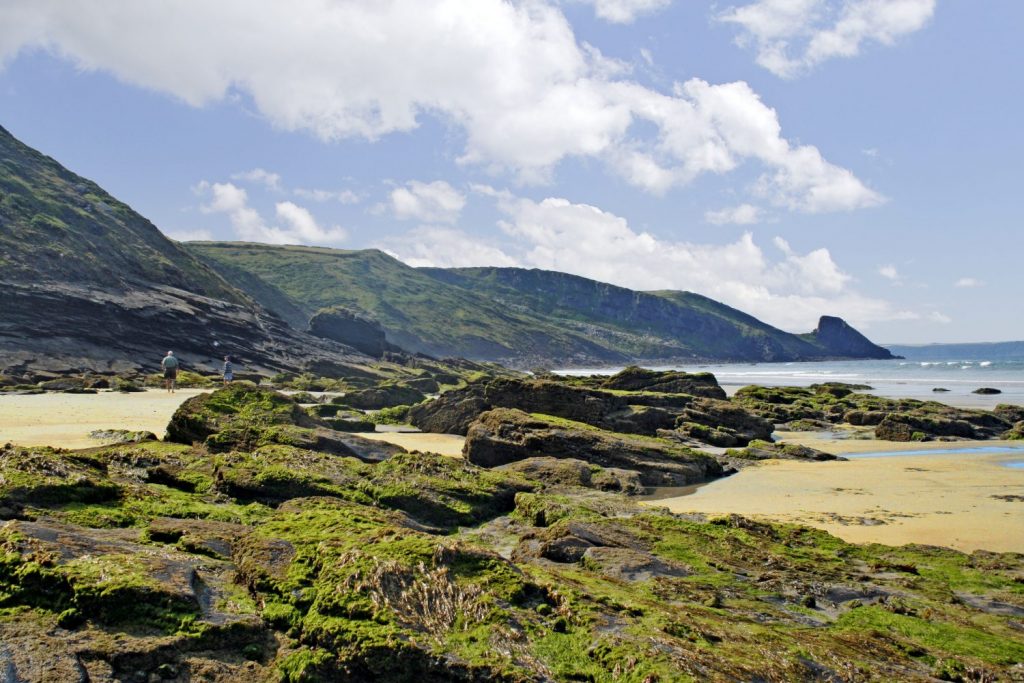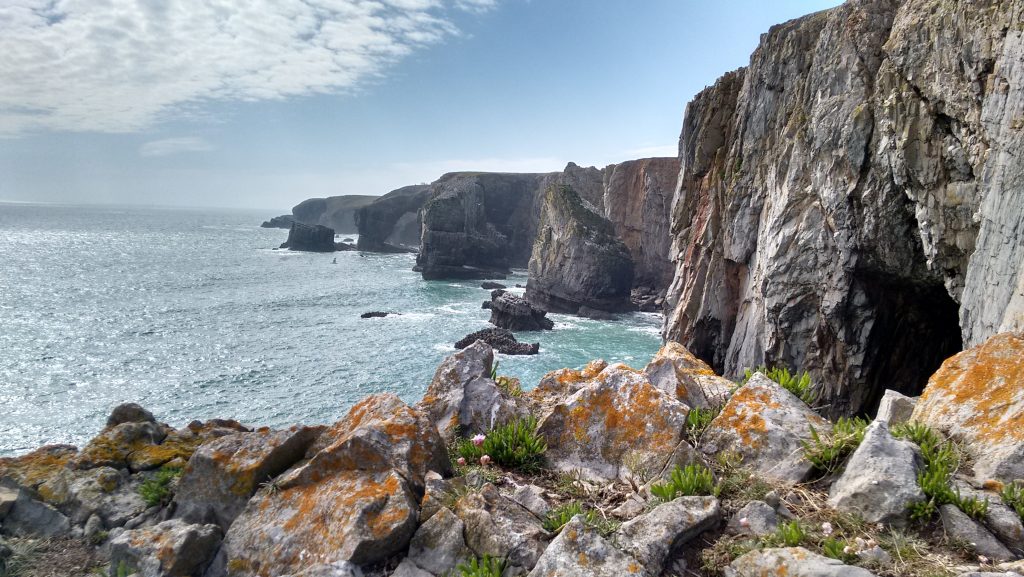A change to sea level is expected as our climate changes. This will happen because:
- As the climate warms it warms the seas and oceans. The water droplets will expand (get bigger), and so will occupy more space.
- Glaciers and polar ice are melting. Much of this water has been locked away for thousands of years. If polar ice and glaciers melt there will be more water.
- Where the ice has melted it leaves bare earth or sea. This absorbs the heat from the sun, but before the ice reflected the heat back into space. If the sea and land are warmer the climate will get warmer.
Most people think that melting ice is the most important cause of sea level rise, but this is not true. It is the expansion of the sea water as it gets warmer that is causing the biggest change to sea levels.
According to the UK Government’s UK Climate Change Risk Assessment 2017, sea levels in the UK are rising by approximately 3mm a year.
What might happen if sea level rises?
Most of us don’t think that sea level rise will affect us much, but is that true?
- There will be a loss of coastal land. Beaches, roads, homes and businesses may disappear under the rising waters. Pembrokeshire depends on tourism for much of its prosperity. How will it manage if the beaches are gone?
Think of the land between Penally and Tenby. Much of it is low-lying, and just above sea level. If sea level rises the dunes will disappear, the sea will flood the coastal road and the railway line from Tenby to Pembroke.
- There will be a loss of estuary land. It will only take a small sea level rise to flood the estuaries of the Cleddau Waterway. Many species rely on these habitats for food, and they will be lost.
The estuaries are also places where people keep their boats. Imagine the pill at Neyland or the harbour at Pembroke Dock. How will they change?
- Bigger tides. Wales has one of the biggest tidal ranges in the world. This will increase as sea levels rise. How many places are affected by high tides now?
High spring and autumn tides affect places such as Angle and Fishguard on the coast, but also reach far up the Daugleddau Estuary to flood Carew and even Haverfordwest.
